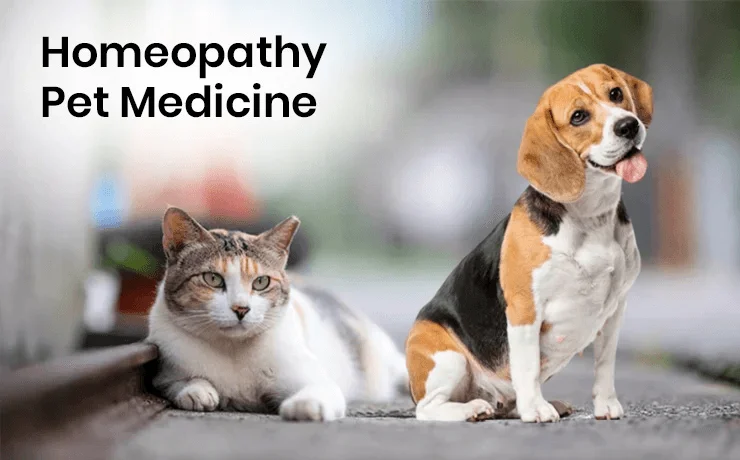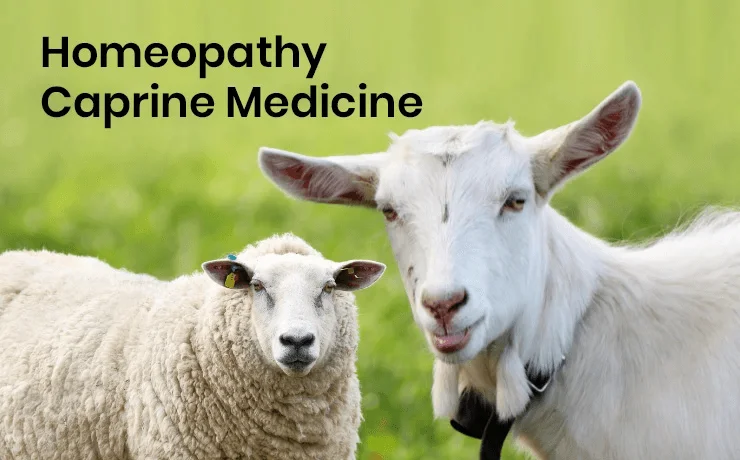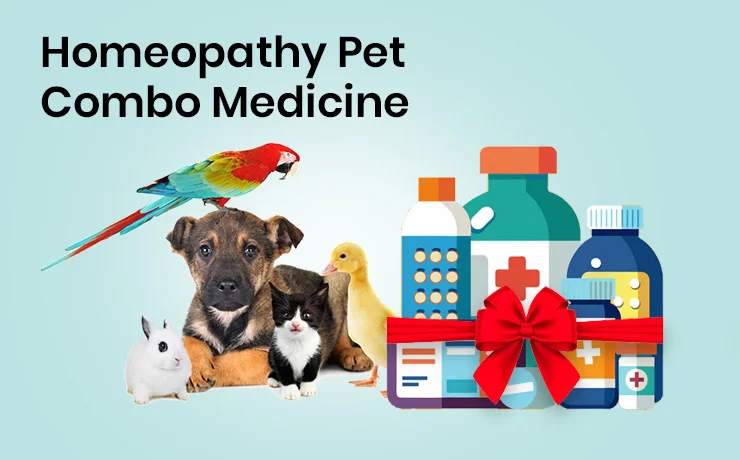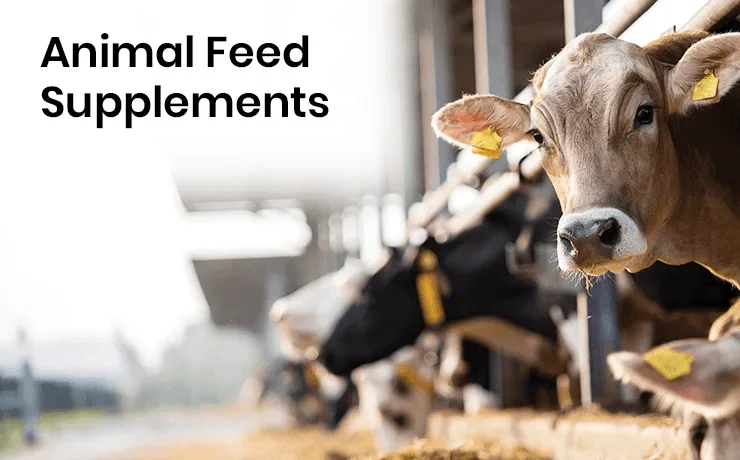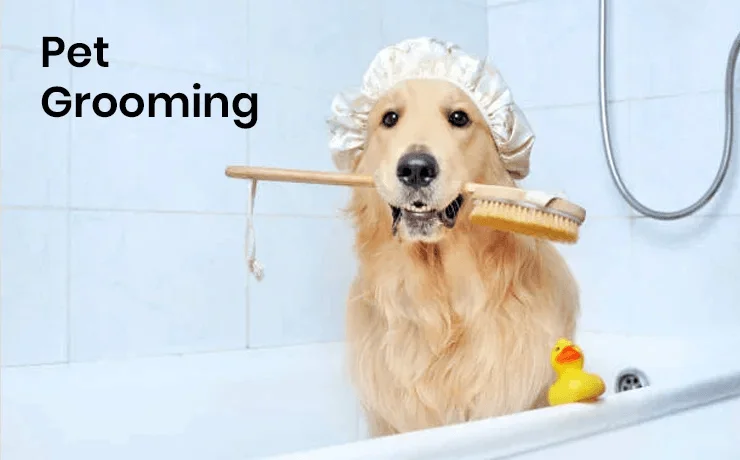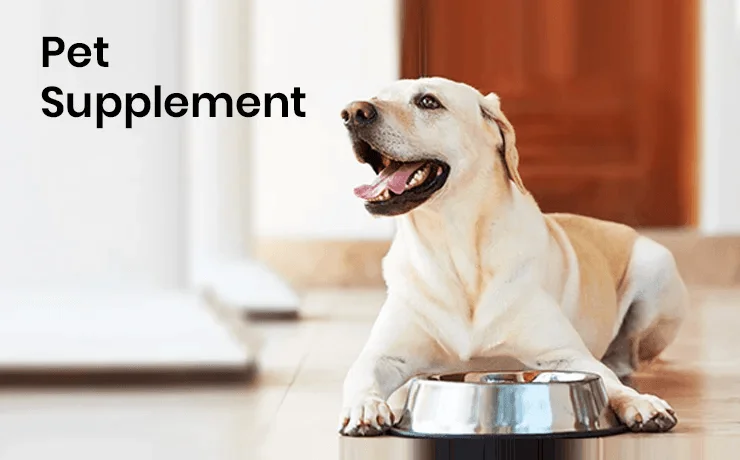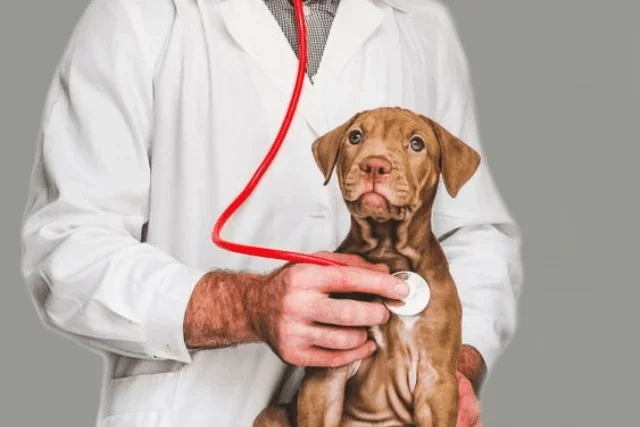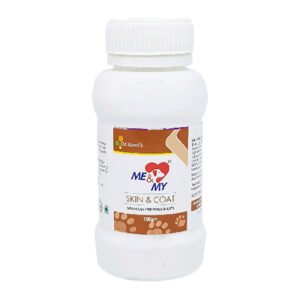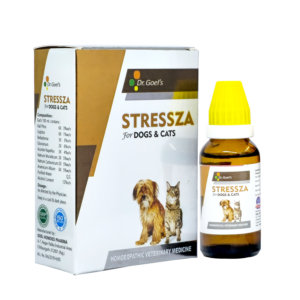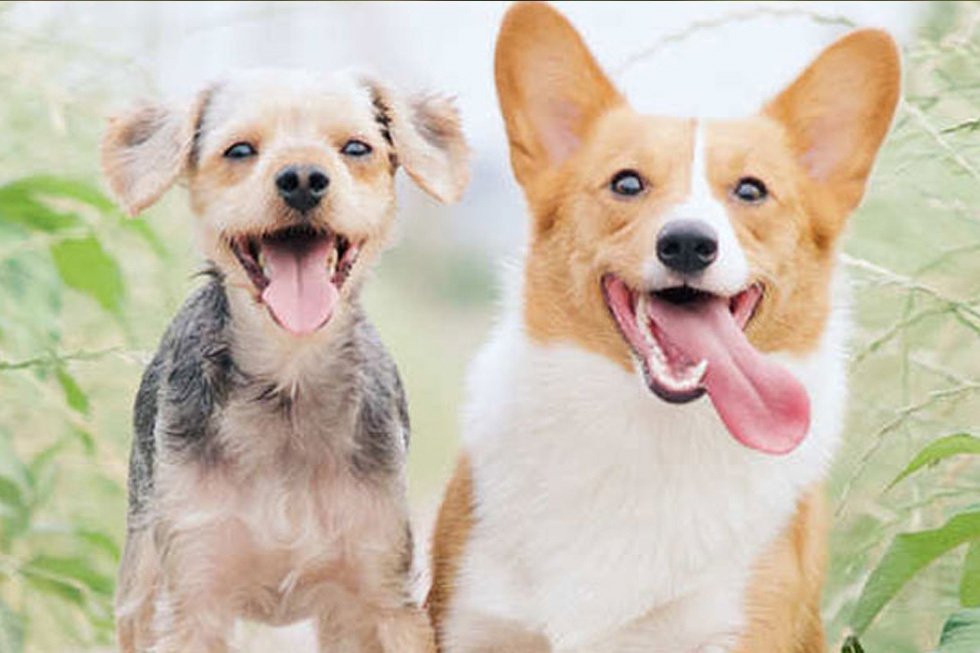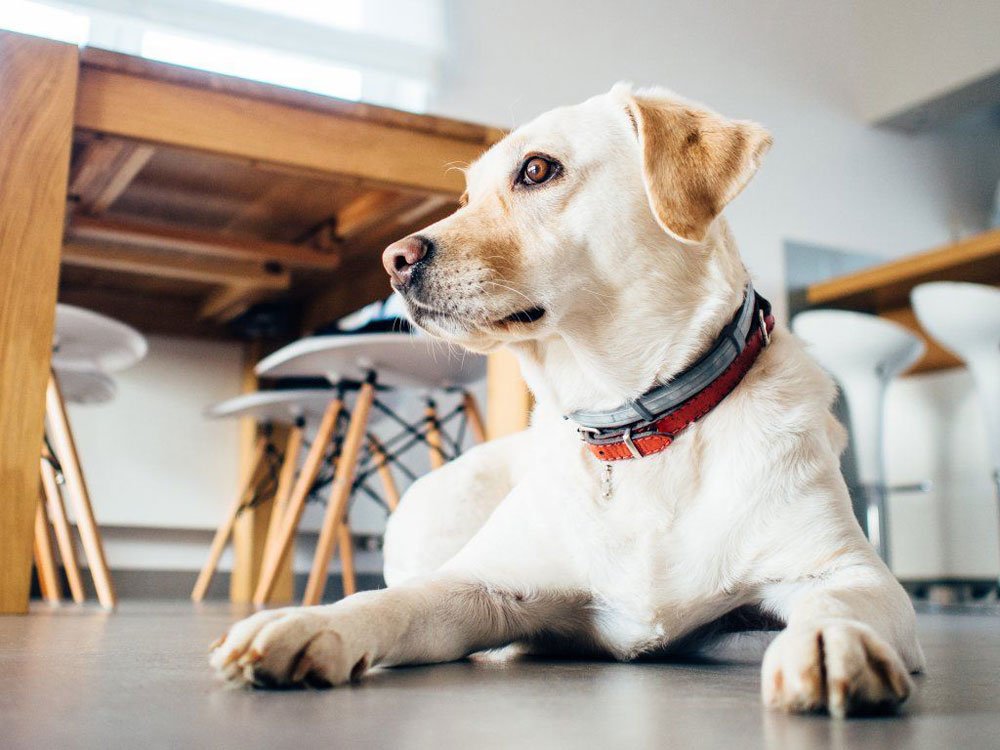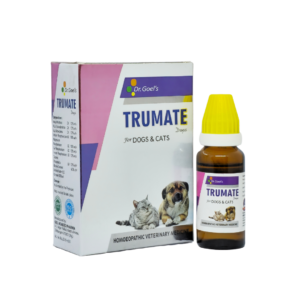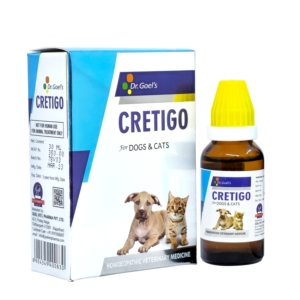Bumps and Lumps in Dogs: Everything You Need to Know

We all love cuddle sessions with our pets, brushing their coats, giving belly rubs, or simply just affectionately stroking their heads makes our hearts happy and fulfilled. It might be a rare case scenario to observe some bump or lump on our pet’s skin. It is however, a common occurrence in middle-aged to elderly dogs. Are lumps in dogs natural? Are they cancerous? What exactly should we expect and observe in such cases? In today’s blog we are going to have a closer look at lumps and bumps in the skin and some FAQs regarding them.
What is a normal v/s abnormal skin bump?
As a pet owner, you may observe bumps on your pet’s skin at least once in your life. It is however, not always as scary as we may anticipate. Sometimes, the reason behind a bump formation could be very vague and unexpected. It could be due to an allergic response or an infection such as dermatitis. Some puppies might have excessive tissue growth in some parts of their bodies, which are commonly termed as Nevus or mole and is not at all abnormal. It is commonly observed in all species regardless of age, and is not dangerous. Let us have a quick glance at the types of bumps that one can observe. Other commonly encountered bumps are-
1. Cyst:
These are small growths on the skin and is a sac-like pocket of membranous tissue that contains fluid, air, or other substances. They can grow almost anywhere on your pets’ bodies or under the skin. The most common cause is blocked sebaceous glands. Sebaceous glands secrete oil on the skin surface for protection and lubrication of the hair and skin of mammals. Therefore, any reason causing the blockage of these glands can be manifested as a bump on the skin and is usually not dangerous.
2. Abscess:
Abscess are bumps on the skin which usually are formed due to pus-forming bacteria and usually follow any penetrating wounds on the skin surface due to introduction of foreign bacterial particles. These are often treated with antibiotics along with other needed therapies.
3. Dermatitis:
Dermatitis can flare up in cases of infections or non-infectious allergic events such as flea-associated dermatitis, etc. in case of mixed bacterial and fungal skin infection, there might be bumps observed on the skin with associated alopecia, itching and fur loss. In these cases, too, one can occasionally observe bumps on the skin which are again curable by medical treatment.
4. Lipomas:
these are small raised, bumps on the skin that contain fat and can be surgically excised or can be left untouched as they are benign in nature. It is also essential to have these lipoma-bumps tested at the earliest, just to be certain.
5. Allergens:
Due to the foreign allergenic antigen being introduced into the skin, there is a bump formation due to localized reaction by inflammatory cells and oedema formation. The simplest example is that of a bee sting. If your pet gets stung by a bee, there is a local lesion with oedema and bump formation. The cure depends on a case-to-case basis. Sometimes, these bumps subside on their own or can be massaged with cold ice packs. Whereas in severe cases, your pet may show an allergic response to a bee sting and immediate medical assistance is warranted. If left as is, these bumps usually subside within a few hours to a day’s time.
6. Warts:
these are small-sized, cauliflower-like looking bumps that are caused by a virus known as the papillomavirus. They occur most often in pets with weak immune systems and are commonly found in puppies as they are in their growth phase having a weaker immune system. The papillomavirus-related growths can be surgically excised or left as is, since in some cases, these growths can disappear on their own based on the immune response.
These growths can be medically treated by WARTGO DROPS for pets. It is the best homeopathic remedy for treating conditions of Warts on any part of the body with exceptional improvement in papilloma conditions. It cures the spread of papillomavirus symptoms in any part of the body. WARTGO DROPS for PETS is an excellent remedy that reduces the Papilloma infection in the body and removes warts fast.

Are all lumps on dogs cancerous?
Well, no, not all growths or lumps on the body are cancerous. Lumps and bumps can be of different types. Cancerous bumps have a different mechanism of function whereas non-cancerous bumps are more frequently encountered on a daily basis. Its best to be checked via diagnostic procedures at the earliest. Detection of these dog lumps at the earliest provides a good prognostic outcome and mostly bumps if deemed cancerous can be surgically treated (+/- chemotherapy) thereby reducing their chances of spreading [metastasizing].
You may raise suspicion on the growth to be cancerous if you observe the following:
- Your dog is middle-aged or elderly
- If your dog has concurrent signs such as dullness/anorexia which warrants for diagnostic tests to rule out different diseases
- If your dogs’ ancestors/parents/siblings have had history of cancer
- If these bumps are increasing in size
- If these bumps are diffuse in nature or located on different parts of the body
- If there is any change in shape/size/colour/consistency of these lumpy growth
- For lumps on mammary glands, there is always a chance for it to be cancerous.
Cancerous lumps can be of the following types:
1. Liposarcoma:
Lipoma, on the one hand, is a benign raised mass, on the flip side, liposarcoma is malignant or cancerous. Liposarcoma is a rare type of cancer that develops in your fatty tissue. Therefore, any bumps should be tested right away.
2. MCT [Mast Cell Tumour]:
MCT can usually be observed at any site and is frequently observed in older patients. It is associated with the mast cells present in our body.
3. Adenocarcinoma:
These tumours are associated with glands. Mammary Adenocarcinoma for once is associated with the mammary glands and is observed on the abdomen usually singular in nature (in early or benign cases) or multiple in cases of disease progression. It is linked to hormones and spaying is considered to be a preventive measure against the same. Anal Gland Adenocarcinoma too can be frequently encountered and is associated with the anal glands of dogs.
4. Squamous Cell Carcinoma:
This type of cancer is most commonly observed on pets and is frequently seen in the abdomen region, legs, head, etc. They resemble warts and are cancerous in nature.
How do you differentiate between cancerous v/s non-cancerous growths?
Your veterinarian may prescribe tests such as FNAC or fine needle aspiration cytology. In this test, a needle is inserted into the growth, and then the aspirate is placed on glass slides which are further stained and observed under a microscope by a veterinary pathologist who observes the cells, morphology, and features of the aspirate and then concludes the growth to be cancerous or not. This test is widely practised to figure out the cancer status of lumps.
The other method is via excisional biopsy, wherein the entire lump is surgically removed and sent for histopathology testing, which then observes and confirms the cancer status.
Whereas in cases growth is observed on the mammary glands in adult non-spayed female dogs, there’s always a higher chance for these growths to come off as malignant or cancerous, however they might be of benign nature as well. For adult non-spayed cats, there is a 90% chance for these growths to come back as malignant. Hence, it’s always a great option to get these lumps checked by a veterinarian at the earliest.
The Medicinal Road Out: Homeopathy For Wart-Like Growths
As we now know, not every bump is dangerous nor is every lump cancerous, with better technologies and advanced diagnostics, it is now possible to assess, test, and treat better. For cases such as warts associated with papillomavirus, wartgo for pets is the best homeopathy remedy for treating conditions of Warts on any part of the body with exceptional improvement in papilloma conditions. It cures the spread of papillomavirus symptoms in any part of the body.
When in doubt, always take a step further, and get your pets’ frequently checked, especially when they are older, diagnosing and treating at the earliest phase of disease progression can tremendously help your pets’ in the long run.
Happy pets for a happy you!
Homeopathic Remedy For Warts Issues In DOGS AND CATS
WARTGO HOMEOPATHIC REMEDY FOR WARTS
DERMISULE For All Kinds of Skin Issues in Pets:
ME and MY SKIN AND COAT Homeopathic Supplement
ME and MY IMMUNITY Homeopathic Supplement
STRESSZA FOR PETS STRESS AND ANXIETY
STRESSZA for pets is an excellent remedy for treating Anxiety, Stress, and Canine Distemper. When your fur baby is unanimously scratching, barking, hiding behind, feeling anxious, eating nothing, even sometimes behaving wild or attacking unknowingly, etc. these all symptoms may be due to Anxiety and Stress or due to various causes of Canine Distemper. We have the best solution to all your problems, We have STRESSZA is a unique homeopathic veterinary formulation to relieve stress in pets.
Stressza for pets works for Stress due to Traveling, Crackers in Festive Season, Fighting with stray dogs, Home alone, Visiting Hospital for Vaccination, etc.
ME & MY VITALITY SUPPLEMENT FOR STRESS & ANXIETY
GOHEAL SPRAY FOR Injury, FMD, and Burns
Must read : – Holistic Healing for Pets: The Power of Natural Supplements for Skin Health
 Australian Shepherd
Australian Shepherd Beagle
Beagle Belgium Shepherd
Belgium Shepherd Bernese Mountain Dog
Bernese Mountain Dog Border Collie
Border Collie Boxer
Boxer Bulldog
Bulldog Cavalier King Charles Spaniel
Cavalier King Charles Spaniel Chihuahua
Chihuahua Cocker Spaniel
Cocker Spaniel Dachshund
Dachshund Doberman Pinscher
Doberman Pinscher Dogo Argentino
Dogo Argentino French Bulldog
French Bulldog German Shepherd
German Shepherd Golden Retriever
Golden Retriever Great Dane
Great Dane Himalayan Shepherd
Himalayan Shepherd Indie Dogs
Indie Dogs Labrador Retriever
Labrador Retriever Pakistani Bully
Pakistani Bully Pembroke Welsh Corgi
Pembroke Welsh Corgi Pitbull
Pitbull Pomeranian
Pomeranian Poodle
Poodle Pug
Pug Rottweiler
Rottweiler Shih Tzu
Shih Tzu Siberian Husky
Siberian Husky Yorkshire Terrier
Yorkshire Terrier Abyssinian
Abyssinian American Bobtail
American Bobtail American Shorthair
American Shorthair Balinese Cat
Balinese Cat Bengal Cat
Bengal Cat Birman
Birman Bombay Cat
Bombay Cat British Longhair
British Longhair British Shorthair
British Shorthair Burmese Cat
Burmese Cat Devon Rex
Devon Rex Exotic Shorthair
Exotic Shorthair Himalayan Cat
Himalayan Cat Maine Coon
Maine Coon Oriental Shorthair
Oriental Shorthair Persian Cats
Persian Cats Ragdoll
Ragdoll Scottish Fold
Scottish Fold Siamese Cat
Siamese Cat Siberian Cat
Siberian Cat Sphynx Cat
Sphynx Cat



















